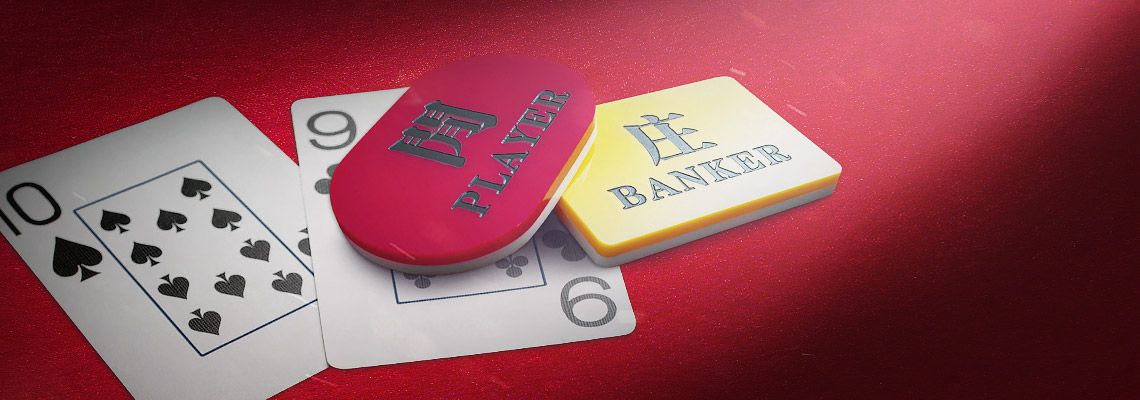Guide To Baccarat Betting Strategies
Baccarat has been one of the most popular casino games ever since it was invented in the 19th century, with only Blackjack rivalling it as the best-know card game. That’s a long time for players to have come up with numerous Baccarat strategies when playing the game.
As you’ll soon find out, the most popular version of Punto Banco doesn’t allow you to quite as much freedom as when you’re playing Blackjack. But there are some strategies you can apply to give yourself the best possible chance of increasing your winnings.
Types of Baccarat
Punto Banco
Punto Banco is the most popular variety of Baccarat, and at CasinoEuro we have many Punto Banco games for you to try, including VIP Baccarat. There are also three Live Baccarat games for that truly immersive experience.
Punto Banco involves dealing two hands – one for the player and one for the Banker. As a player, you must bet in the winner of a match-up between two hands.
The dealer will then deal out cards to both hands according to the rules of the game, with the winner being closest to nine. But the totals of each hand are determined by the total of the card values, so for example, a hand of five and five totals ten, so the value of this hand is 0.
Chemin De Fer And Baccarat Banque
The difference here is that players at the table take turns acting as the Banker. In addition to physically dealing the cards and putting up a stake against all other players, the Banker also gets to decide whether to take a third card or not (as long as neither of their two hands don’t add up to 8 or 9), as do the players.
The Banker can carry on as long as he keeps on winning but he/she can also decide to stop being Banker whenever they wish.
Baccarat Punto Banco Rules
Cards 2-9 are worth their face value with 10s and picture cards worth 0. Aces are worth 1. If the two cards total a value less than 10 then that’s what the hand is worth (eg. 5 + 3 = 8) but if they come to more than 10, they’re worth the second number. Eg. a 6 and a 7 comes to 13 and is therefore the hand is worth 3.
The Player’s Hand
If either the Player or Banker’s cards add up to 8 or 9 after the first two cards, the game is instantly over and the highest hand is deemed the winning hand. If not, the player will draw a third card if he has 0-5 but stands with 6 or 7.
The Banker’s Hand
If the player stands, the Banker applies the same rules as above regarding whether he takes a card or not. So he’ll take one if he has 0-0 but not if he has 6 or 7.
Where things get a little more complicated is when the Player does draw a third card. Here’s what happens to the Banker’s card when that happens.
• Banker has 2 or less: Banker draws a card, regardless of what the player’s third card is.
• Banker has 3: Banker draws a third card unless the player’s third card was an 8.
• Banker has 4: Banker draws a third card if the player’s third card was 2, 3, 4, 5, 6, 7.
• Banker has 5: Banker draws a third card if the player’s third card was 4, 5, 6, or 7.
• Banker has 6: Banker draws a third card if the player’s third card was a 6 or 7.
• Banker has 7: Banker stands.
Baccarat Strategies
Only Play The Tie At 9/1
Some Casinos pay out on the tie at 8/1, others at 9/1. Given this is the outcome with the highest house edge anyway, you should only play it if the return is the higher 9/1.
Go With The Banker As A Long-Term Strategy
The house edge is lower if you bet on the Banker (1.06%) than if you bet on the Player (1.24%) because of the rules as to when you do and don’t draw cards. However, that’s countered by the fact that you have to pay 5% commission at most Casinos on any win derived from betting on the Banker.
Still, as a long-term strategy it’s better to bet on the Banker because you secure more wins even though you have to pay the commission on them.
Keep Tabs On What’s Happened
Online casinos will display what the last few hands have been so consult them and look for patterns before deciding what your play is on the following hand.





